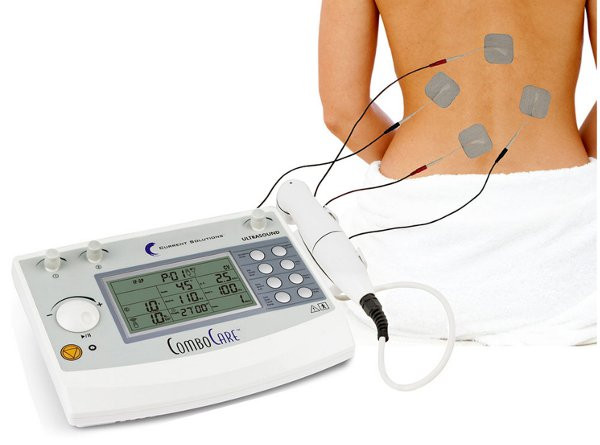 4th Jan 2016
4th Jan 2016
Treating Whiplash With Physical Therapy
Whiplash is defined as a sudden extension (backward movement of the neck) and flexion (forward movement of

the neck) of the cervical spine. This type of trauma is also referred to as a cervical acceleration-deceleration (CAD) injury. Rear-end or side-impact motor vehicle collisions are the number one cause of whiplash with injury to the muscles, ligaments, tendons, joints, and discs of the cervical spine.
Each year, about three million people experience whiplash injuries to their neck and back. Of these three million people, only about one-half, will fully recover. About 600,000 of those individuals will have long-term symptoms, and 150,000 will actually become disabled as a result of the injury. Conservative treatment includes immobilizing the patient's neck in a well-fitting soft cervical collar; use of pain, anti-inflammatory, and muscle relaxant medications; and physical therapy.
What causes this whiplash?
When the head and neck are suddenly and forcefully whipped forward and back, mechanical forces place excessive stress on the cervical spine. Traumatic disc rupture and soft tissue damage can occur. The cartilage between the disc and the vertebral bone is often cracked. Damage to the disc can put pressure on the nerves as they exit the spine. The pressure or irritation can be felt as numbness on the skin, weakness in the muscles, or pain along the path of the nerve. Most people think of these symptoms as indications of a pinched nerve. Soft tissue around the facet joint can also be injured. Many of the pain-sensing nerves of the spine are in the facet joints. The normally smooth surfaces on which these joints glide can become rough, irritated, and inflamed.
Low back pain is a common feature after a whiplash injury. Studies show that there is significant electrical activity in the muscles of the lumbar spine when the neck is extended. This effect increases when there is neck pain, possibly as a way to help stabilize the spine when neck pain causes weakness.
What Are Some of the Symptoms of Whiplash?
- Neck pain or neck pain that travels down the arm (radiculopathy)
- Headaches
- Low back pain (LBP)
- Jaw pain
- Dizziness
How to Treat Whiplash with Physical Therapy
The goal when treating whiplash in physical therapy is to reduce muscle spasms, increase circulation, and promote healing. Physical therapy may include the following modalities: moist heat, ice, ultrasound, electrical stimulation, and exercise to restore range of motion and build strength.
- Ice: Ice the neck soon after the injury will help to reduce pain and swelling. Patients are advised to ice for 20-30 minutes every 3-4 hours for the first 2-3 days after the injury. Cold therapy slows circulation, helping to reduce inflammation, muscle spasms, and pain. Most likely treatment will alternate between cold and heat therapy for maximum benefit.
- Moist heat: By using heat, more blood will flow to the target area, and the increased blood flow brings more oxygen and nutrients to that area. Blood is also needed to remove waste byproducts created by muscle spasms which will facilitate healing.
- Ultrasound Therapy: Ultrasound therapy has been shown to decrease pain, increase function and enhance cartilage repair. The sound waves of ultrasound are converted into heat within the deep tissues, which opens the blood vessels and allows oxygen to be delivered to the injury.
- Deep Tissue Massage: This technique targets muscle tension that can develop as a result of whiplash. The physical therapist uses direct pressure and friction to try to release the tension in the soft tissues (ligaments, tendons, muscles).
- Electrical Stimulation: Electrical stimulation therapy can provide pain relief by helping to relax muscles that are tight or in spasm. This can be an excellent option for patients who want to stay away from medications. The treatment works in two main ways; first, it can provide a stimulation that the body interprets differently than pain and second, it can artificially make the muscle contract breaking up the spasm cycle.
A combination therapy machine is an ideal product due to its ability to provide both
electrotherapy and ultrasound treatments in on device.
Because whiplash injuries can be very different, there isn’t a “one-size-fits-all” solution for treatment. A variety of approaches – from soft tissue mobilization and massage to ultrasound and electrical stimulation can be effective in helping patients heal from whiplash. The key is picking the right combination of tools for each patient.
For more information and physical therapy advice see our blog at ProHealthcareProducts.com.






